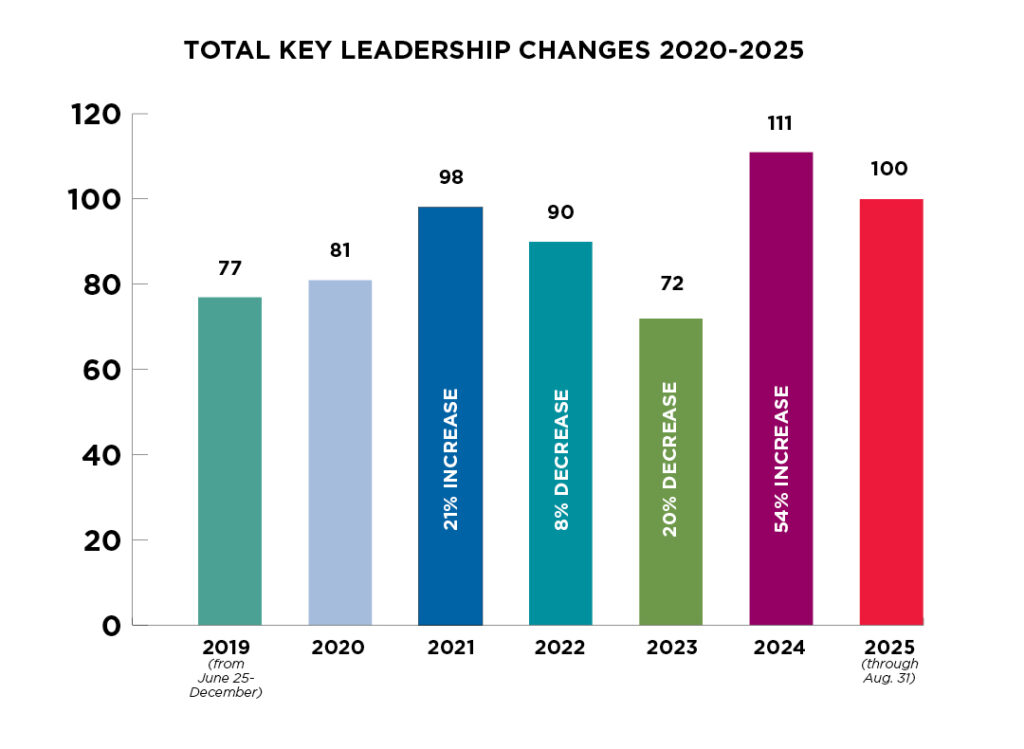The Elbert Files: A look ahead for investors

The financial markets have been unusually quiet recently. In fact, the Wall Street Journal reported Aug. 23 that the previous 30 days had been “the least volatile of any 30-day period in more than two decades.”
That makes this a good time to survey the landscape before the fall campaign gums up the works.
Wells Fargo economist James Paulsen has done just that, writing four newsletters during a recent 15-day run.
The good news is all contain good news.
Paulsen’s Aug. 5 newsletter encouraged investors to “look a yonder,” saying signs suggest, “the global economic recovery may be in the early stages of a synchronized bounce.”
Growth is likely to remain below historic norms, he warned, while noting this could be “one of the rare times in this recovery” when “most economies about the globe will bounce northward together.”
Paulsen sees a rare uniformity of purpose among international policymakers.
The Japanese, “are no longer hesitant but rather are implementing full out Bernanke stimulus,” he wrote. “Likewise the Eurozone, … Moreover, the oil crisis has forced energy based economies, like Canada and Australia, to also become accommodative.”
Also China and other emerging economies are no longer cutting back; they are now using all their weapons, including lower interest rates, larger money supplies and devalued currencies, to spur growth.
Paulsen said international stocks are poised to outperform U.S. shares in part because so many investors abandoned the international scene during the most recent recession. In fact, he said, earnings trends suggest that, because investors have undervalued international stocks, those shares now have greater potential for growth in the near future.
He also believes the dollar will weaken in coming months, making foreign shares an even better investment.
In an Aug. 9 newsletter, Paulsen argued that recent reports showing sharp increases in wages and sharp decreases in productivity indicate something is “out of whack.”
It does not make sense, he said, that employers are paying higher wages for less production. Most likely, he said, productivity reports are failing to capture gains that have occurred as a result of new technologies.
An Aug. 16 newsletter surveyed the investment landscape and challenged conventional wisdom on several fronts, including bond yields, which Paulsen believes are poised to rise.
“Quantitative easing has not prevented bond yields from spiking upward in the past,” he noted.
Another investment tip: Look at small cap stocks (companies with market values of less than $2 billion, which includes all publicly traded Iowa companies, except Principal Financial Group and Rockwell Collins.)
Small companies typically run much leaner and are able to push more profit to the bottom line during periods of rising inflation, which is where Paulsen believes things are headed.
He also believes the U.S. economy still has a lot of pent up demand, even though we are now in the eighth year of recovery. “The economic recovery may be calendar old, (but) in many ways remains character young,” he wrote.
Specifically, he said, big-ticket spending leaves much room for continued growth.
“The U.S. has not experienced a major capital spending cycle since the dot-com bust” of 2000, he wrote. The housing industry has been subpar for nearly a decade, and the average age of a U.S. car is near an all-time record high, he added.
Also, while many believe today’s stock market is overpriced, “it has only just returned to its post-war trendline average,” Paulsen said.
Finally, Paulsen’s Aug. 19 newsletter added weight to his original argument about international expansion, citing data that shows “global economic momentum is currently stronger than about 70 percent of the time during his recovery.”









